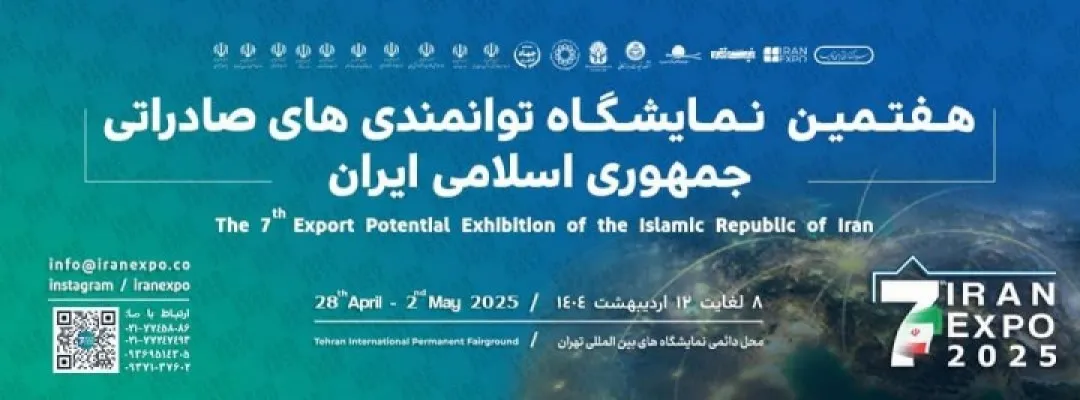exhibition virtual tour
01
Aug
Virtual Tour of the 20th International Exhibition of Automotive Parts, Accessories and Collections 1404: A Revolution in Automotive Industrial Diplomacy
Virtual Tour of the International Exhibition – Tehran, 1404 – On the eve of rapid developments in the automotive industry, the v...
01
Aug
Virtual Tour of the 32nd International Exhibition of Agricultural, Food and Machinery Industries 1404: A Gateway to the Future of Smart Agriculture
Virtual Tour of the International Exhibition – Tehran, 1404 – Ringing the bell of digital transformation in Iran’s agricult...
01
Aug
Virtual tour of the 29th International Oil, Gas, Refining and Petrochemical Exhibition 1404
Virtual Tour of the International Exhibition – Tehran, 1404 – In the post-corona world and given the necessity of global access ...
18
May
360-degree virtual tour of the 22nd International Exhibition of Wood, Raw Materials, Machinery, Fittings, Furniture Equipment
Virtual Tour of the Booth Building and Decoration System – The wood and furniture industry, as one of the important economic and...
06
May
Virtual Tour of Iran Expo 2025: A Window to the World of Innovation and International Interaction
Introduction
Exhibition Virtual Tour – Iran Expo International Exhibition, as one of the leading events in the region, has alwa...





